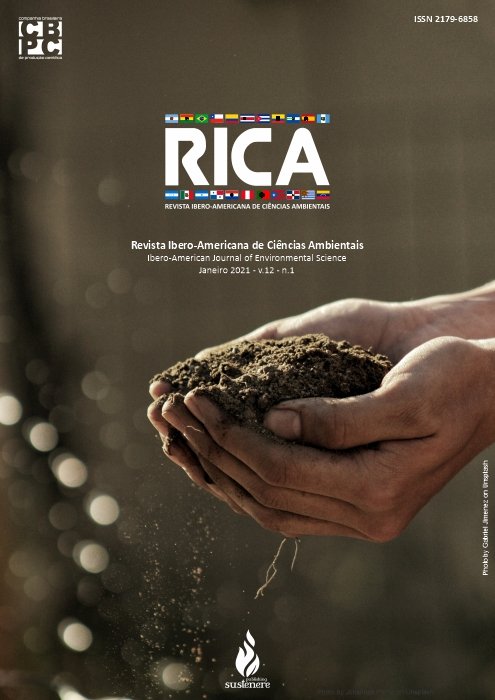Study of the urban development of the hydrographic basin of the Ponte Grande River, in Lages/SC
DOI:
https://doi.org/10.6008/CBPC2179-6858.2021.001.0029Keywords:
Land occupation, Hydrographic basin, Vulnerability, Urban planning, Sustainable developmentAbstract
The growing urbanization and industrialization of cities, combined with an economic and minority-friendly vision, has led several people to move to peripheral areas with precarious infrastructure. Carrying out studies and monitoring regarding land occupation causes urban planning to be ruled, focusing on preservation and quality of life of the population. This study aimed to analyze land use and occupation in the Ponte Grande River basin, an urban area in the municipality of Lages, Santa Catarina, using TM-Landsat 5 and 8 satellite images from the last 35 years. It was possible to obtain the images by accessing the U.S. Geological Survey catalog, and their processing was made utilizing ENVI® 4.7 software. ArcGis® 10.1 software was used for the identification of Permanent Preservation Areas (PPAs), with data integration in order to generate maps. The classes identified to generate the map and the further study were native forest, reforestation, field, urban area, water bodies, exposed soil and agriculture. After analyzing the occupation, a population diagnosis was made using data from IBGE corresponding to the income and number of people per census sector. Software ArcGis® 10.1 was used, with the tool ''select by location'', to perform the intersection of data between the watershed and the sectors, and after the inclusion of the buildings. It was verified a growing substitution of fields by reforestation for commercial purposes and urban expansion, which occupies the highest class percentage, with 41.73% in 2019. The class corresponding to reforestation had an expressive growth, going from 0.18% in 1984 to 5.32% in 2019. The PPAs were occupied and deteriorated, with small land parcels being protected, located in areas with high slopes and in areas with springs. Many buildings are precarious, without the minimum constitutional requirements; this is entirely linked to the fact that the per capita income of the population living in the study area is between ¼ and 2 minimum wages. Besides the precariousness of the buildings and access to urban infrastructure, it can be observed that 1313 buildings are in areas of very high risk of flood events. With the analysis of the results, the need for urban planning in peripheral areas becomes evident, in order to create environmental awareness, sustainable land use and improvements in the quality of life of the population.
Downloads
Downloads
Published
Issue
Section
License
The CBPC - Companhia Brasileira de Produção Científica (Brazil CNPJ: 11.221.422/0001-03) the material rights of the published works. The rights relate to the publication of the work anywhere in the world, including rights to renewals, expansions and dissemination of the contribution, as well as other subsidiary rights. All electronically published works may subsequently be published in printed collections under the coordination of this company and / or its partners. The authors preserve the copyright, but are not allowed to publish the contribution in another medium, printed or digital, in Portuguese or in translation.









